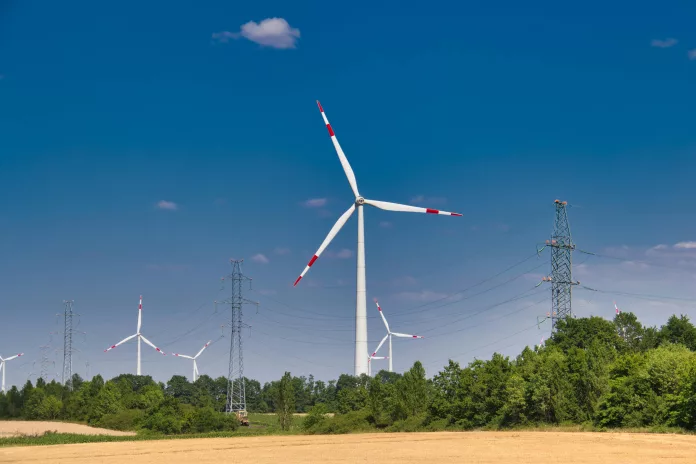As a vital initiative for a more sustainable future, Philadelphia has made a commitment to achieve carbon neutrality by 2050. To navigate towards this ambitious target in a manner that also promotes fairness across communities, the city is leveraging the innovative State and Local Planning for Energy (SLOPE) Platform.
Addressing Unequal Access to Clean Energy
It’s no secret that clean energy benefits have been unevenly distributed nationwide, with Philadelphia facing a significant challenge as one of the nation’s most energy-burdened cities. Here, the financial strain of energy bills is particularly acute, with some households spending in excess of 6% of their income on such expenses. This leads to energy insecurity, putting residents at risk of health hazards from lack of reliable energy.
In its mission to eradicate energy poverty and promote equity, the Philadelphia Office of Sustainability is proactively crafting strategies aimed at bridging these gaps.
The Uphill Battle with Inefficient Housing
Philadelphia’s journey towards energy efficiency is complicated by its predominantly old and small houses, with over half a century of history behind them. With aging structures, energy inefficiency is a prevalent issue; data from the NREL ResStock™ tool suggests that 90% of single-family homes lack insulation in their walls, and around 70% are energy-leaky. “This overwhelming data could be paralyzing, but SLOPE offers a starting point for actionable prioritization,” mentioned Megan Day from NREL.
Visualizing Clean Energy Strategies with SLOPE
The versatility of SLOPE’s Data Viewer and Scenario Planner is invaluable for urban planners. These tools not only map out clean energy prospects but also weigh the social and economic repercussions. Through SLOPE, cities like Philadelphia can pinpoint residential regions in dire need and strategize formidable energy-saving interventions. The platform’s insights on residential efficiency and electrification are instrumental in categorizing high-impact endeavors.
One eye-opening revelation from SLOPE indicates that low- to moderate-income households in Philadelphia stand to save an average of $441 annually through electricity efficiency measures. SLOPE further dissects the top 10 initiatives to curb household energy expenses, highlighting that preemptively upgrading to ductless heat pumps in place of electric baseboard heaters holds the greatest saving potential for Pennsylvania’s citizens.
Making Energy Poverty Reduction Feasible
The qualitative analysis from SLOPE renders the challenge of mitigating energy poverty tangible and achievable. Nidhi Krishen of the Philadelphia’s Office of Sustainability advocates for SLOPE’s utilization in creating narratives around equitable clean energy opportunities.
Integrating Equity into Energy Planning
Recognizing the need for inclusivity in the shift towards 100% clean energy, SLOPE’s new equity filters empower urban planners to conjoin community vulnerabilities with the prospects of clean energy solutions. This presents a layered view of the energy landscape, taking into account factors like household energy burdens and social vulnerabilities.
“Everyone must be included if we are to successfully transition,” Day emphasized, pointing out that targeting efforts through programs and policies is key to fair distribution of benefits and burdens in the energy shift.
As a collaborative creation by NREL and nine U.S. Department of Energy offices, SLOPE stands as a beacon for state and local governments and other stakeholders in forming clean energy futures.

























